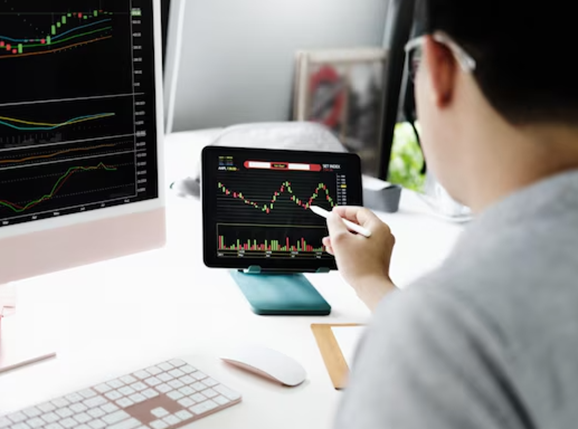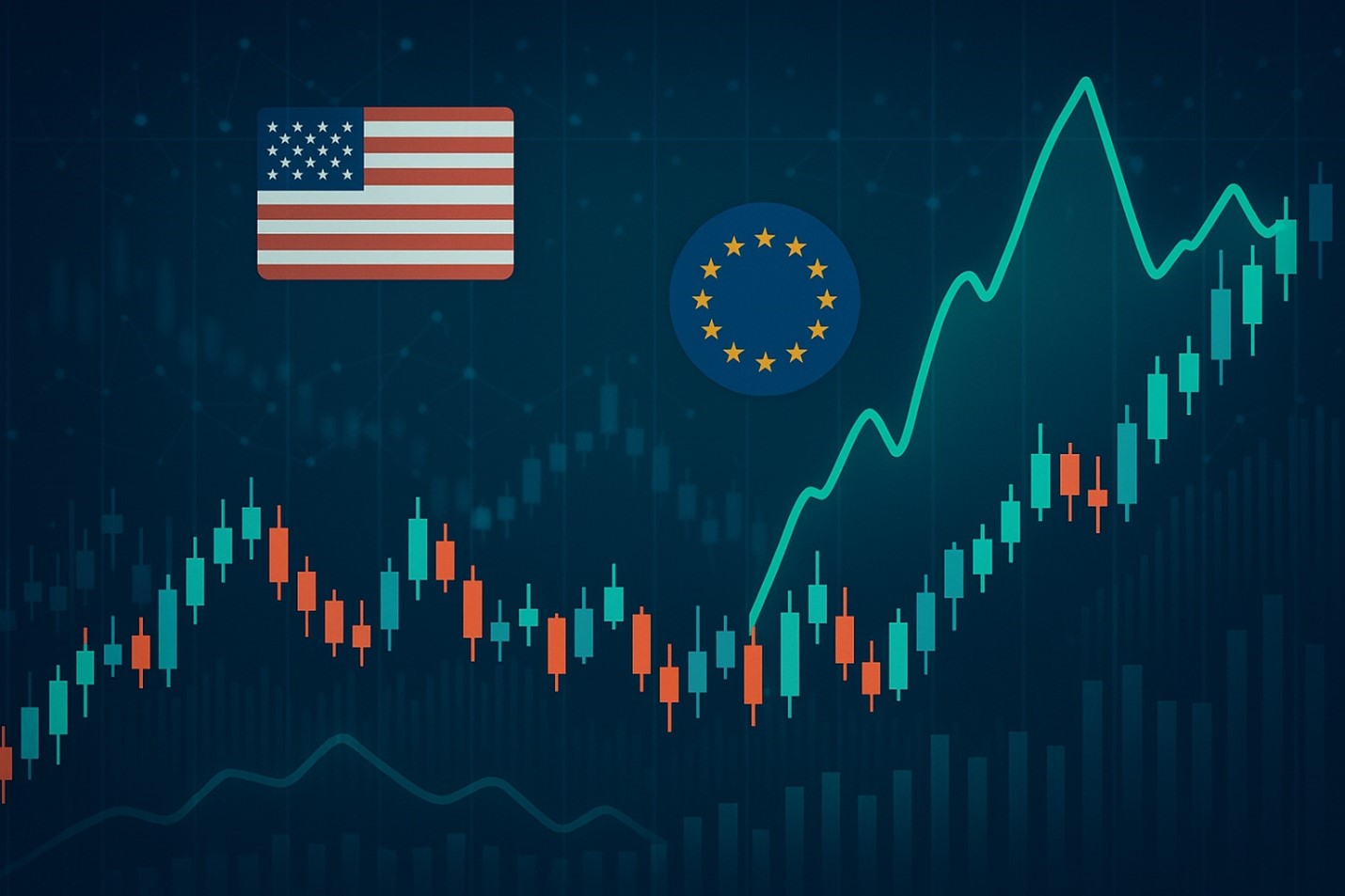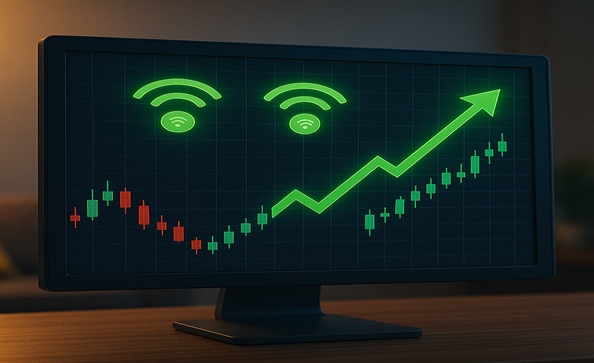A sudden headline Tensions Rise in the Middle East and within hours, gold prices spike. Traders watch charts flicker like fire. The pattern repeats every time the world shakes. Why do political tensions make gold dance? In this blog, we’ll explore howGold Signals Providers interpret global turmoil and why Gold Trading Signals become more unpredictable when geopolitics take center stage. You’ll learn what really drives those swings, how professionals react fast, and why timing matters more than ever.
The Golden Reflex: Why Uncertainty Fuels Demand
Gold isn’t just a shiny metal; it’s an emotion in physical form. When the world feels unstable, investors rush toward it for safety. That emotional rush feeds the data streams that Gold Signals Providers monitor daily. From central bank moves to war headlines, every bit of uncertainty sends algorithms buzzing.
During moments like the Russia-Ukraine conflict or tensions in the Red Sea, Gold Trading Signals show sharp volatility. Some traders see opportunity; others see chaos. Both are right. In times like these, the safest asset becomes the most reactive one.
Behind the Screens: How Providers Decode Crisis Signals

Here’s what many don’t see: the quiet grind behind the glowing charts. Gold Signals Providers spend hours filtering global news, sentiment, and technical charts to find clean entry points. But geopolitical shocks break the rhythm. Suddenly, correlations collapse. What worked yesterday feels useless today.
For example, when oil supply disruptions hit in 2022, gold’s movement flipped. Traditional inverse patterns with the U.S. dollar went off-script. Reliable Gold Trading Signals turned tricky. Smart providers adjusted fast, reducing leverage, widening stop-losses, and focusing on shorter time frames. That’s what separates professionals from gamblers.
Real-World Case: The War Ripple Effect
When Russia invaded Ukraine, gold jumped nearly 8% in less than two weeks. Sounds great, right? But traders relying solely on automated Gold Signals Providers saw mixed outcomes. Some platforms failed to factor in sudden liquidity gaps. Others, using hybrid human AI models, adapted better.
One provider shared how they paused all gold entries for 24 hours post-invasion. That pause avoided massive slippage losses. The lesson? Even the best Gold Trading Signals can’t read chaos perfectly. Sometimes, not trading is the signal.
The Human Factor in an Algorithmic World

Despite all the AI hype, human intuition still matters. Gold Signals Providers may use machine learning, but it’s experience that separates noise from signal. Algorithms can spot patterns, but they don’t understand fear, timing, or hesitation. Humans do.
When missiles fly or markets panic, even the smartest bots can’t gauge how investors feel. A seasoned analyst sees that in price behavior. That’s why top-tier Gold Trading Signals often blend AI accuracy with human instinct.
Lessons for Traders in a Shaky World
When geopolitical storms hit, follow these quick rules:
- Wait for clarity. Don’t chase the first move.
- Check multiple providers. Not all Gold Signals Providers track the same indicators.
- Use small positions. Crisis markets are unpredictable.
- Stay informed. Headlines can move gold faster than charts.
By following such steps, traders ride volatility instead of drowning in it.
Conclusion
Every crisis tells a story, and gold always listens first. Whether it’s inflation fears, sanctions, or elections, Gold Trading Signals mirror global mood swings. The smarter play isn’t guessing where gold goes next, it’s understanding why it moves. And that’s where trusted insights from Gold Signals Providers make the difference.
At United Kings, we track every ripple, every rumor, every rise before it happens. Because in uncertain times, data isn’t just power, it’s survival.
FAQs
1. Why do geopolitical events affect gold so strongly?
Because investors treat gold as a safe haven. When conflicts or tensions rise, Gold Trading Signals show spikes in price as traders move funds into gold.
2. How do professional Gold Signals Providers manage volatility?
They adjust position sizes, tighten stop-loss levels, and rely on mixed human and AI analysis to filter market noise.
3. Can beginners use Gold Trading Signals during crises?
Yes but carefully. New traders should focus on smaller trades and follow trusted Gold Signals Providers who explain reasoning, not just signals.
4. Is gold always a safe investment during geopolitical crises?
Mostly, yes. But “safe” doesn’t mean “steady.” Volatility means short-term ups and downs, even when long-term trends stay bullish.




